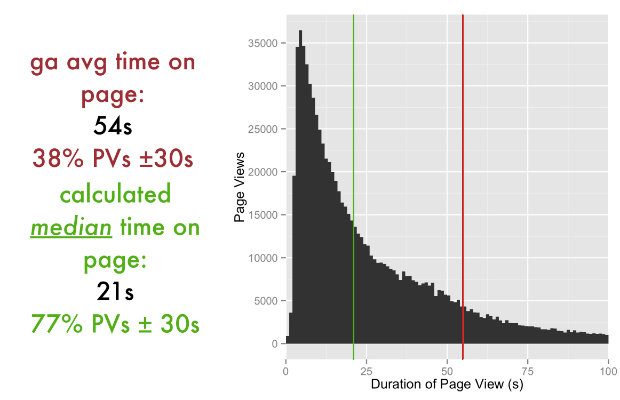Pensions Tracing Service - Service Assessment
...aspects to the code, so effort should be made to code in the open and share as much as possible with the rest of DWP, government community and third parties....
...aspects to the code, so effort should be made to code in the open and share as much as possible with the rest of DWP, government community and third parties....
...code from the Alpha so that other people could learn from it and that the team had a clear policy of open by default for the beta code, with a...
...intend to make the source code for the service available. Doing this earlier rather than later makes it considerably easier. In particular, be aware of separating out configuration from implementation,...
...and has refactored the code base for legibility. The code now is well structured. Test coverage has improved vastly from having no existing tests to around 80% coverage. The team...
...team has completely rebuilt the state machine logic internally, and has refactored the code base for legibility. The code now is well structured. Test coverage has improved vastly from having...
...code The agency responsible for the delivery of the service has published the entire source code of the service to their GitHub account. This should ideally be moved to an...
...two week sprint period. Technology The service team aim to release every sprint. The process is complicated by the infrastructure of the tax platform, meaning that getting code into production...

...and isn’t too hard to learn from scratch (as I did). This R code extracts all the pageviews of the ‘/GetJob’ page for that particular day (all 379,000 of them)...
...financially? We’ve had 5,881 visits to the service design manual search over 6 months, and reckon it took about £3,000 worth of internal developer time to build. The code should...
...peripheral features, eg GitHub for code control, and can switch suppliers easily. As the service is seasonal, agreements are in place so the service can scale up and down easily,...